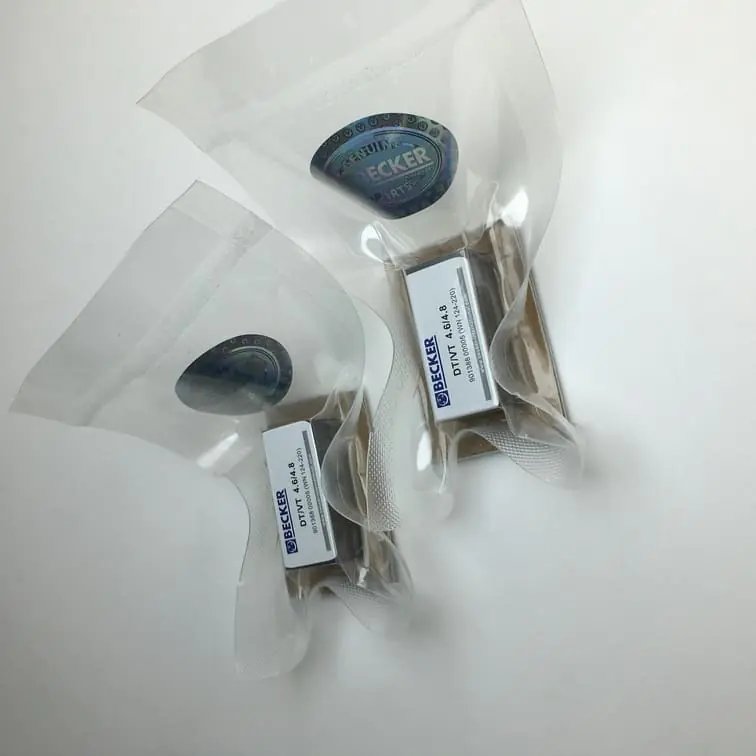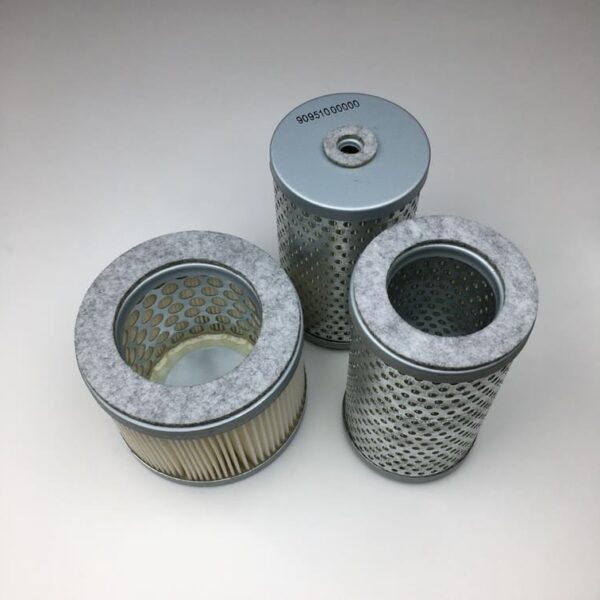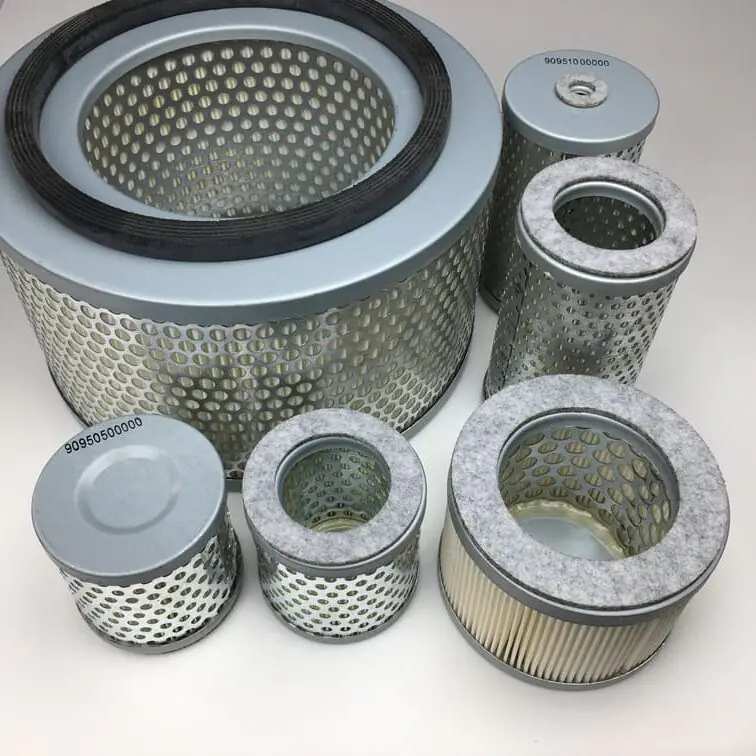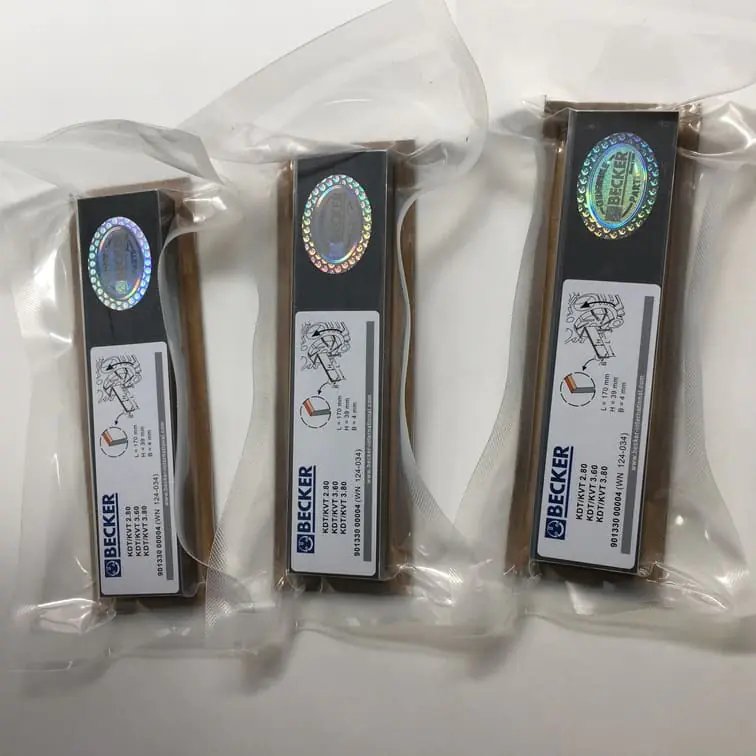Does a Vacuum Pump Add Horsepower?
When it comes to improving engine performance, many car enthusiasts are willing to explore different modifications to squeeze every possible horsepower out of their engines. One such modification that often surfaces in discussion is the use of a vacuum pump. Does it really help in adding horsepower? In this article, we will explore the role of a vacuum pump, how it impacts engine performance, and why it might be a valuable addition for racing enthusiasts and everyday users alike.
What is a Vacuum Pump?
A vacuum pump is a device used in various systems to generate a vacuum, either to remove unwanted air or other gases from an environment or, in the case of engines, to provide better pressure control. In automotive applications, vacuum pumps are mainly used to aid the engine’s efficiency, especially when it comes to controlling crankcase pressure.
Key Functions of a Vacuum Pump
- Crankcase Pressure Reduction: A vacuum pump reduces the pressure inside the engine’s crankcase, which helps minimize resistance and allows the pistons to move more freely.
- Preventing Oil Contamination: The pump helps remove contaminants and moisture from the crankcase, preventing oil from becoming polluted.
- Improved Engine Sealing: By reducing crankcase pressure, it also helps piston ring seals work more efficiently, which in turn improves engine performance.
“The use of a vacuum pump in racing engines is primarily intended to reduce crankcase pressure, which helps the engine breathe better and, ultimately, increases horsepower.” – Automotive Expert
How Does a Vacuum Pump Affect Horsepower?
The effect of a vacuum pump on horsepower is due to its influence on crankcase pressure and engine breathing. By reducing crankcase pressure, a vacuum pump allows the engine to work with less internal resistance. This can lead to measurable gains in horsepower.
1. Reducing Parasitic Losses
A vacuum pump helps minimize what is known as parasitic losses. These are losses that occur due to the energy required to move components like the pistons through the air pressure within the crankcase. By creating a vacuum, the pump removes much of this pressure, meaning less force is needed to move the pistons.
- Lower Air Resistance: With lower air resistance, the engine can dedicate more of its output to producing power rather than fighting internal pressures.
- Better Efficiency: Reduced crankcase pressure also means that oil splashing and turbulence are minimized, allowing the engine to work more smoothly.
2. Improved Piston Ring Seal
One of the most significant benefits of installing a vacuum pump is improving the seal around the piston rings. The vacuum pressure helps push the rings tightly against the cylinder walls, preventing blow-by (the leakage of combustion gases into the crankcase).
- Less Blow-By: Reducing blow-by means that more of the combustion force goes directly into pushing the piston down, which translates into increased horsepower.
- Consistent Compression: A tighter piston ring seal ensures consistent compression, which improves overall engine efficiency and power output.
Table: Benefits of Vacuum Pump Installation for Horsepower Increase
| Benefit | Effect on Engine |
|---|---|
| Reduced Parasitic Losses | Lower internal pressure, more free power |
| Improved Piston Ring Seal | Less blow-by, better combustion efficiency |
| Lower Oil Contamination | Enhanced lubrication, consistent performance |
Does a Vacuum Pump Make Sense for My Car?
The benefits of a vacuum pump are most pronounced in high-performance and racing engines. However, there are some circumstances where it can be advantageous for non-racing applications as well.
1. Racing and High-Performance Engines
For those involved in drag racing or other high-performance applications, a vacuum pump can be a game-changer. The reduction in crankcase pressure allows the engine to produce additional horsepower, which is critical in competitive environments.
- Increased Horsepower: On average, a vacuum pump can add anywhere from 10 to 20 horsepower, depending on the engine and how effectively it is used.
- Enhanced Reliability: Racing engines operate at high RPMs, and reducing crankcase pressure helps minimize wear and tear, ensuring the engine can endure these extreme conditions.
2. Street Cars and Daily Drivers
While vacuum pumps are more common in racing, there are also benefits for street vehicles. The reduction of oil contamination, for example, can lead to longer oil life and less frequent oil changes, which can be a practical advantage.
- Extended Engine Life: By keeping the crankcase pressure lower, less stress is put on seals and gaskets, potentially extending the engine’s lifespan.
- Better Emissions Control: Lower crankcase pressure can help reduce oil vapor emissions, making the vehicle more environmentally friendly.
Types of Vacuum Pumps for Automotive Use
There are different types of vacuum pumps that can be used in automotive applications. The choice depends on the engine, the purpose, and the performance level desired.
1. External Vacuum Pump
An external vacuum pump is an aftermarket addition to an engine. It is usually belt-driven and mounted outside of the engine block.
- Advantages: Easy to install and capable of creating a more significant vacuum compared to internal systems.
- Disadvantages: External pumps require extra space in the engine bay and may need a custom bracket for mounting.
2. Integrated Vacuum Pump
Some modern engines come with integrated vacuum pumps, often as part of the oil pump system or mounted on the side of the engine block. These are designed by manufacturers to offer a balance of performance and efficiency.
- Advantages: Integrated systems are compact and efficient for daily driving needs.
- Disadvantages: They typically do not produce the high vacuum levels that are beneficial in racing engines.
Note: If you’re unsure which type of vacuum pump is suitable for your engine, consulting an automotive professional or referring to engine-specific forums can provide helpful guidance.
Installing a Vacuum Pump: A Beginner’s Guide
If you’re considering installing a vacuum pump on your vehicle, it’s essential to understand the process and ensure you have the right tools. Below is a step-by-step guide to help you get started.
1. Preparation
- Gather Tools: You’ll need a serpentine belt, wrenches, a vacuum gauge, and the pump kit.
- Select a Mounting Location: Ensure there is enough space in the engine bay to install the pump.
2. Mount the Vacuum Pump
- Use brackets to mount the pump in a convenient and stable position within the engine bay.
- Connect the pump to the serpentine belt to drive it off the engine’s rotation.
3. Connect the Vacuum Lines
- Attach the vacuum lines to the crankcase vent locations.
- Make sure the connections are tight and secure to prevent leaks.
Table: Tools Required for Vacuum Pump Installation
| Tool | Purpose |
|---|---|
| Serpentine Belt | Drives the vacuum pump |
| Mounting Brackets | Securely holds the pump in place |
| Vacuum Gauge | Monitors vacuum levels |
| Wrenches & Ratchets | Used for mounting and securing parts |
FAQs
1. How much horsepower can a vacuum pump add?
A vacuum pump can add between 10 to 20 horsepower by reducing crankcase pressure, leading to better piston sealing and reduced internal resistance.
2. Is a vacuum pump necessary for my daily driver?
For most daily drivers, a vacuum pump is not strictly necessary, but it can provide benefits like extended oil life and improved engine efficiency.
3. How do I know if my car could benefit from a vacuum pump?
If you have a high-performance engine or do a lot of high RPM driving, adding a vacuum pump could improve both horsepower and overall efficiency.
4. Are there disadvantages to using a vacuum pump?
Yes, some disadvantages include the cost of installation and the space required for mounting. Additionally, vacuum pumps need regular maintenance to work effectively.
5. Can I install a vacuum pump myself?
Yes, if you are comfortable working on your vehicle, you can install a vacuum pump using the appropriate tools. However, professional installation is recommended for optimal performance.
Internal Links for Related Automotive Components and Tools
- 90138800005 | WN 124-220 Original Becker Set of 5 Vanes

- Becker Air Filter replaces Becker 909540

- 90137301010 | WN 124-205 Original Becker Set of 10 Vanes

Conclusion
A vacuum pump can be a valuable addition to an engine, particularly for those seeking extra horsepower and improved engine efficiency. By reducing crankcase pressure, improving piston ring seals, and minimizing parasitic losses, vacuum pumps help engines reach their true potential. Whether for racing or for extending the life of a street engine, the benefits can be significant. However, always consider your specific needs and consult a professional if you’re unsure.
For more information on vacuum pump parts and installation components, visit vacuumpumppart.com. Proper installation and maintenance will ensure that your vacuum pump contributes positively to your vehicle’s performance and longevity.







